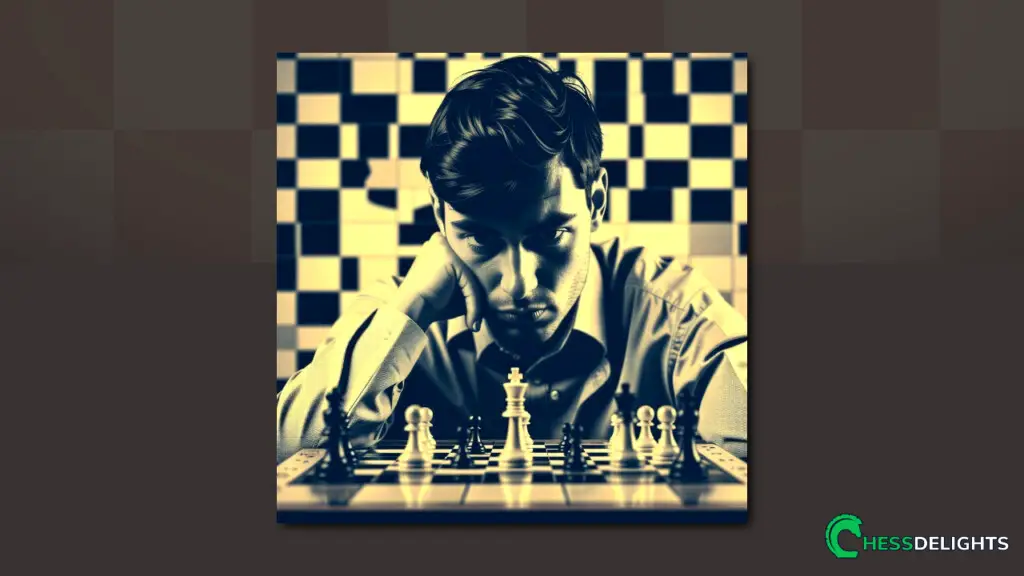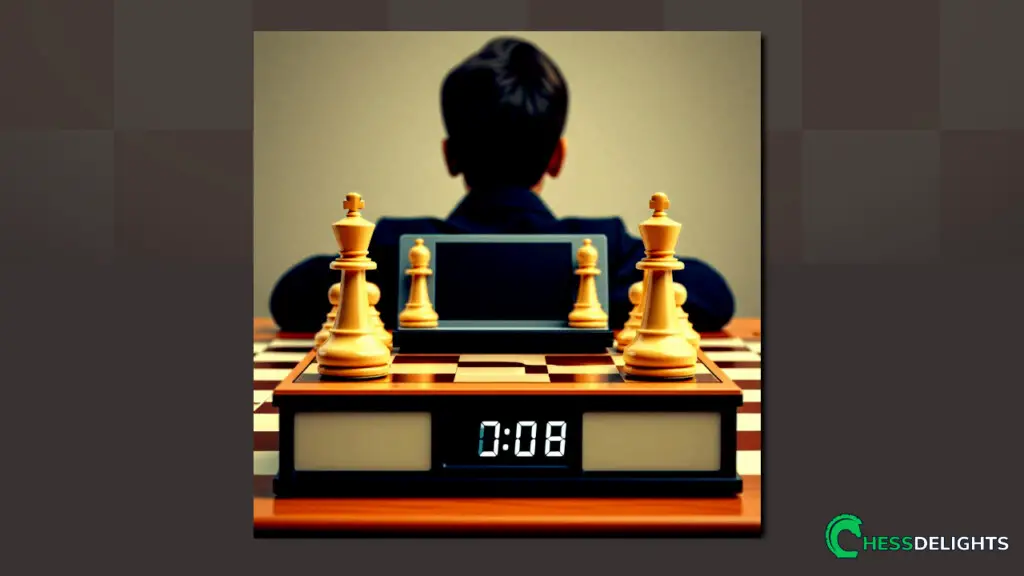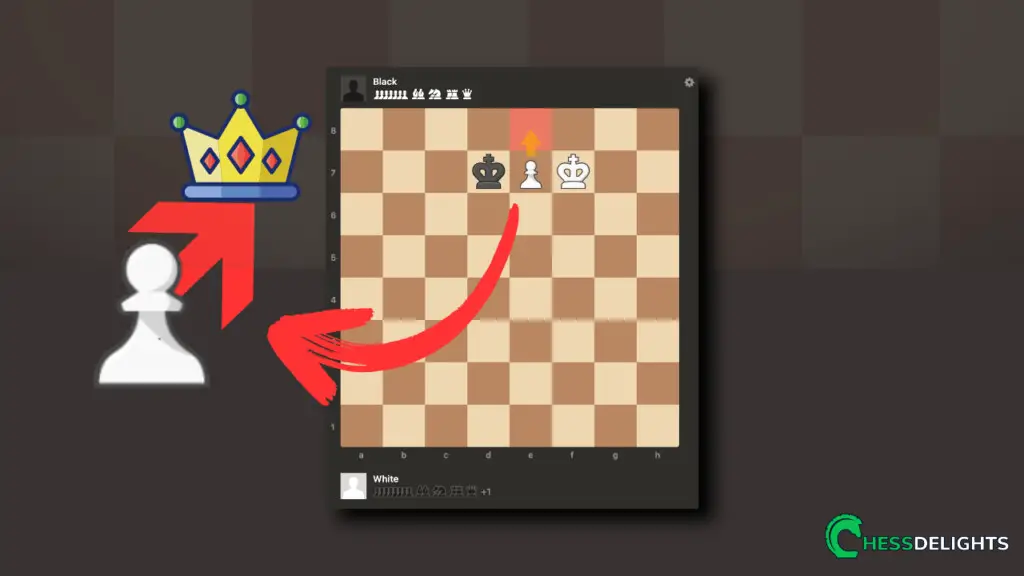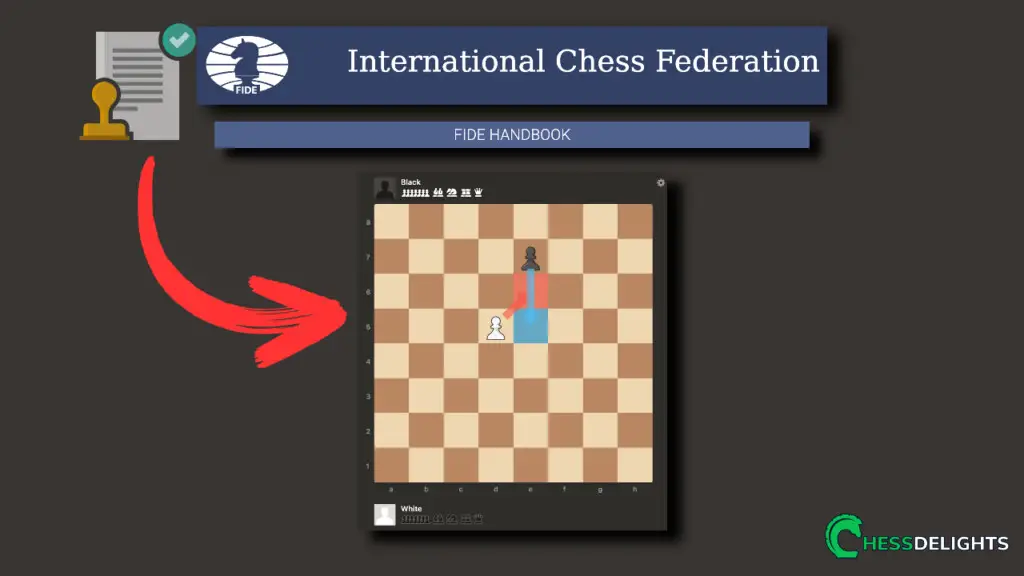My King just reached the other side of the board, and I’m so excited, but what happens with your King? If you're a beginner you may also be asking this question, “In chess, if your king reaches the other side, do you win?”
There is a straightforward answer to this type of question, and I know some of you would want to learn more about the advantages or disadvantages of having your King on the other side of the board.
In this article, we will talk about the relation between King and the other side of the board.
Table of Contents
So, what happens when a King reaches the other side of the board?
When a King reaches the other side of the board ( i.e. “the 8th rank” — the farthest opposing row of the board), nothing happens. That is, there are no changes to the King's status, move capacity, or ability.
A King will remain a King.
Whether the King moves to a square in the 8th rank to get out of check, or capture, or make a regular move, it remains the same piece with the same abilities.
After the King's move has been completed, it is then the opposing player's turn. This is what happens when a King reaches the other side.
Recommended Reading: If you want to know how to learn chess from books, read this article.
Why Would a King Need to Reach the 8th Rank?
In the course of gameplay, it is possible for the King to move across the board in any direction, one square at a time. This may be done for offensive or defensive purposes.
With this in mind, it is a strategic decision for the King to advance to the 8th rank. This may be done as an offensive move; in fact, it was done in a 1991 match between Nigel Short and Jan Timman in Tilburg, Holland. Although the White King was not completely brought over to the 8th rank, it evaded the Black Queen and positioned itself to a game-winning offensive position.
This is known as the King March or King Walk which you would probably encounter with beginner’s or average players like me… 🙂
What is a King Walk in chess?
Much more commonly known as the King march or fighter king, the chess king moves defensively, in order to avoid a check or checkmate situation.
When you play chess with a closed game, and one of you starts to open up the game with exchanges, then you would most likely end up having a King who marches down the board and joins the attack.
In this case, a King, by the incident, may reach the 8th rank position. As stated before, this does not affect the King's status or ability. This idea may come from confusion over the process of Pawn promotion.
Pawns may be promoted to other pieces upon reaching the opposing side of the board — but Kings can not. Kings will remain Kings no matter where they are. In addition, Pawns can not be promoted into Kings.
A King's Approach to the 8th Rank
A King can reach the 8th rank if the row is clear of potential attacks. It would be impossible to move the King into such a position if it meant putting that King in check.
For example, it is likely that defensively, the opposing player will want to keep an unobstructed Rook or a Queen in the 8th rank to prevent a King from moving there.
With the defensive Rook, a player wanting to move a King to the 8th rank may want to interpose a Pawn, a Knight, a Bishop, etc. to block the Rook's ability to capture.
In the case of a defensive Queen, the same logic will apply. However, a Queen's abilities are riskier for interposing pieces, increasing the difficulty of a King's approach to the 8th rank.
A King approaching the 8th rank can avoid attacks from Knights and Bishops.
This is usually when the King is approaching these chess pieces head-on. Also, if there are no other pieces “on the defense” in or around the 8th rank, this becomes easier. The King could, in theory, capture a lone Knight or Bishop this way. It could both reach the 8th rank and capture a Knight or Bishop with a direct head-on attack.
Also, there is a possibility that the King can outflank a lone Knight or Bishop to reach the 8th rank.
In the Bishop's case, the King could move laterally two spaces out (from a head-on approach), then diagonally forward, then diagonally forward again, reaching the 8th rank.
If left in its original position the whole time, the Bishop can not defend against such a move. Now, it is right next to the King, about to be captured. With the Knight, the King can move laterally one space out from the 8th rank during a head-on approach.
It can then move diagonally for the capture, or straight ahead to threaten the Knight from the side. Either way, the King has now reached the 8th rank.
A King can only move one square at a time.
We all know that King only moves one square at a time. Therefore, it can not move directly next to the opposing King. This is an illegal move in chess. Besides the move's legality, it is a practical concern if you are trying to have your King reach the 8th rank.
An already-present opposing King in the 8th rank limits your King's approaching capabilities.
This type of scenario happens during the end game, and if you always experience losing with a King and pawn end game, you should start thinking of improving your end game chess skills.
Is there an advantage for Kings reaching the other side of the board?
You may be asking that there may be some advantages with having your King at the 8th rank. Well, I guess there is an advantage of moving your king to the other side of the board.
Defensively, a King who reaches the 8th rank position is not as vulnerable to attack as in the middle of the board. If the King is in a middle 8th rank square, it is only exposed to attacks from five directions.
If it is in a corner 8th rank square, it is only open to attack from three directions. This, of course, does not include attacks from Knights. But defensively, the 8th rank position is slightly better than the middle of the board — where a King is open to attacks from eight directions, and attacks from Knights.
However, a King at the 8th rank will have limited mobility. If a King is trying to escape a Rook check, for example, it will have to avoid a Rook in the 8th rank, too. If the King is in an 8th rank corner, a Rook can check a King easily from across the board.
The situation gets more complicated with Bishops, Knights, and Queens. Though Bishops may be avoided with some ease, Knights and Queens will have an easier time threatening a King in the 8th rank.
Wrapping Up
Imagine your King reaching the other side of the chessboard, and then nothing significant happens. Well, 99% of the time, that is exactly what’s going to happen.
A King that reaches the 8th rank has the same abilities as a King in the middle of the board. Kings are not promoted; therefore, a King will remain a King.
A King's defenses may be increased by virtue of being in the 8th rank position, but similarly, the King will have limited mobility, leaving it vulnerable to attack. The opposing player gets the next move, regardless of the situation.
Recommended reading: If you want to know the best websites to learn chess faster for free, read this article.







